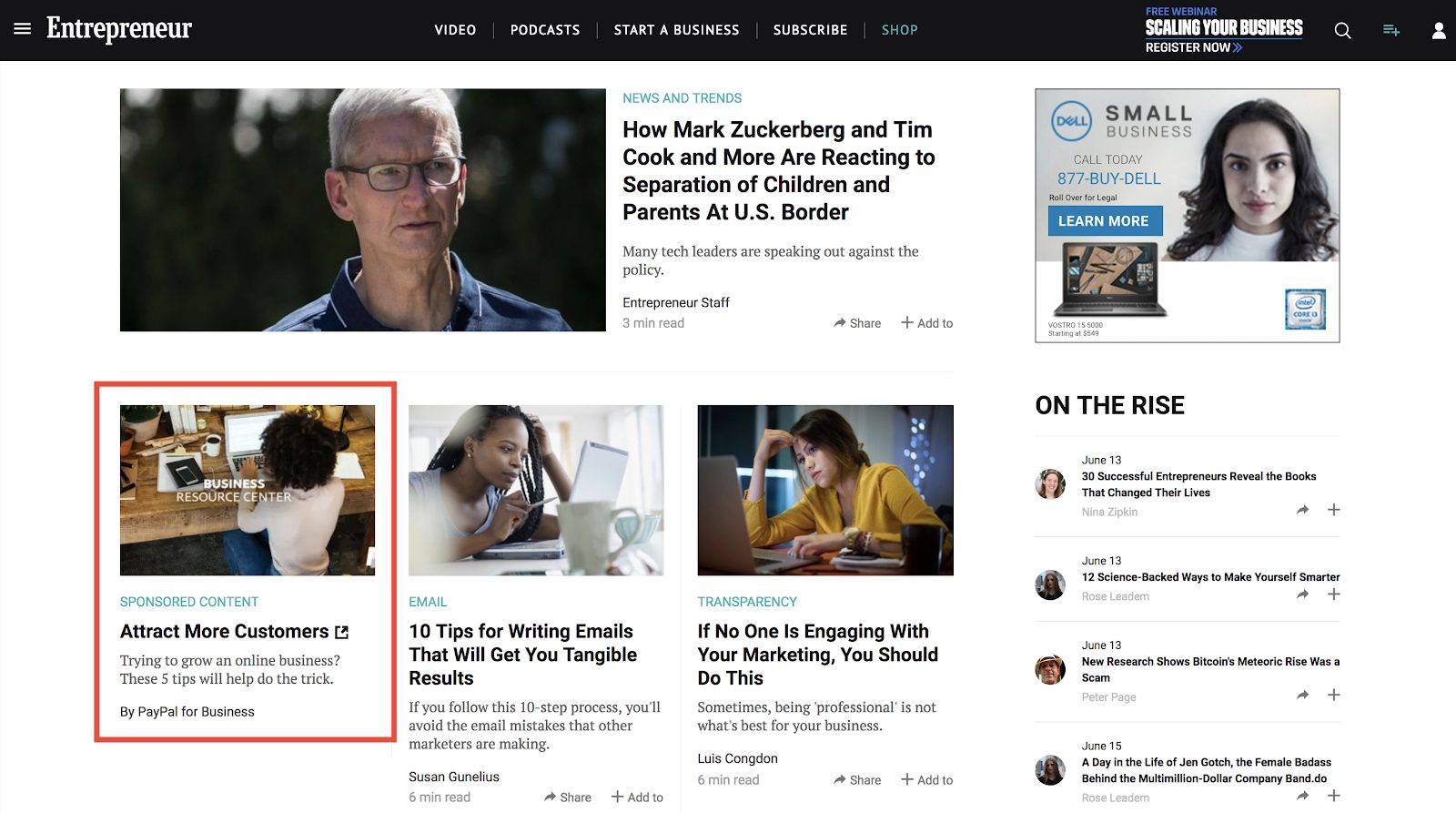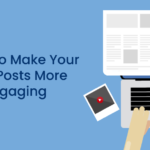It seems impossible for businesses to find an effective way to reach their target market in this digital age. But native advertising is just one of the very popular methods that are used among the many other options. But what is a native advertisement and how does it work? And what are the advantages and disadvantages? Explaining first what they are, we will help you decide if native ads will find a good fit in your marketing strategy through all of the pros and cons in this article.
What is Native Advertising?
Native advertising is a paid media channel that is essentially consistent with the form and function of the platform in which it exists. Unlike traditional ads, native ads are not invasive and can be easily ignored. They fit in with the surrounding context and thus are not disruptive to user experience, similar to editorial content.
Here are some different types of native ads:
- Sponsored Articles: Articles written by, or on behalf of, a brand and appearing on news sites, blogs, or other informational or editorial sites.
- In-Feed Ads: Ads appearing in social media content feeds on platforms like Facebook, Instagram, and Twitter.
Search Ads: These will appear at the top of search results and are styled in the same manner as organic search results. - Recommendation Widgets: This type of content recommendation typically sits at the bottom of an article and is usually labeled as “You May Also Like” or “Sponsored Content.” Why Use Native Ads?
Native advertising is one of the prevailing means of marketing, and it’s because of reasons like the following:
1. Increased Engagements
- Because native ad fits the form and function of the platform, this ad isn’t going to be perceived as invasive. Because of this, there is a much, much higher engagement rate than traditional banner ad. The more effective delivery format endears users to the experience of using non-intrusive content.
2. Better Ad Relevance
This leads to more relevance with native ads, which are usually targeted according to user behavior and preference. The relevance in this context results in a larger number of users who consider the ad content to be valuable, boosting the conversion rates.
3. Enhanced Credibility
When a native ad is well integrated into a platform, it may enjoy more credibility than a banner. Users may find it to be credible just because the ad is not really an advertising gimmick.
4. Better User Experience
After all, native ads are developed in a way that they are not irritating, so, without any doubts, users exhibit an outstanding overall user experience with it. Even today, consumers used a lot of different ad blockers that lead that even for the native ads to have quite a lot of challenges of survival with the customers.
5. Ability to Scale Across Platforms
Native ads can work with any platform, whether social media, news websites, or search engines. This makes them a very flexible tool for any marketer to reach the audience where it is most active.
Cons of Native Advertising
Even with the great promise that native ads hold, there remain some serious cons or problems:
1. Potential for Deception
Native criticism of native advertising also extends to issues in the area of deception. This is for the reason that native ads take the form of editorial content; hence, users may not quickly identify them as such. The result is a lack of transparency and trust.
2. Higher Production Costs
Designing high-quality native ads is very resource-intensive. One has to take real time to create the content in a way that gels with the platform’s style and adds value to the target audience. This feature often raises the cost of production a bit higher than when designing traditional ads.
3. Limited Reach
Sometimes, in comparison to other modes of advertising, native ads are too platform-specific, thus limiting their reach. For example, an in-feed ad on Instagram can only be viewed by the users of that platform.
4. Difficulty in Measuring ROI
Pointing to ROI of native advertising is more difficult. While engagement metrics, such as clicks and shares, can be easily measured, to understand how they lead to real conversion or sale is a little bit more complex.
5. Risk of Oversaturation
The more brands that adopt native advertising, the more it is at risk of becoming oversaturated. Users will become skeptical and less responsive if bombarded with native ads that are getting mixed in much with the editorial.
Native advertising is that special way that feels native to and somewhat non-instrusive. It has the capacity to increase engagement, enhance credibility, and improve user experience, all at the same time, making it value in a marketer’s toolkit. At the same time, it has the potential downside of possible deception, higher production costs, and problems with the measurement of ROI.
Execution is, therefore, the primary determinant for the success of native advertising. In the end, the brands that invest in high quality, relevant content that is a good fit for both the platform and the audience are the winners with this new, game-changing advertising strategy.










